There is a particular kind of life situation, in which a person may find themselves, and which fits the pattern I have discussed in my earlier post: it is one of those situations where archetypes are triggered (or “constellated”).
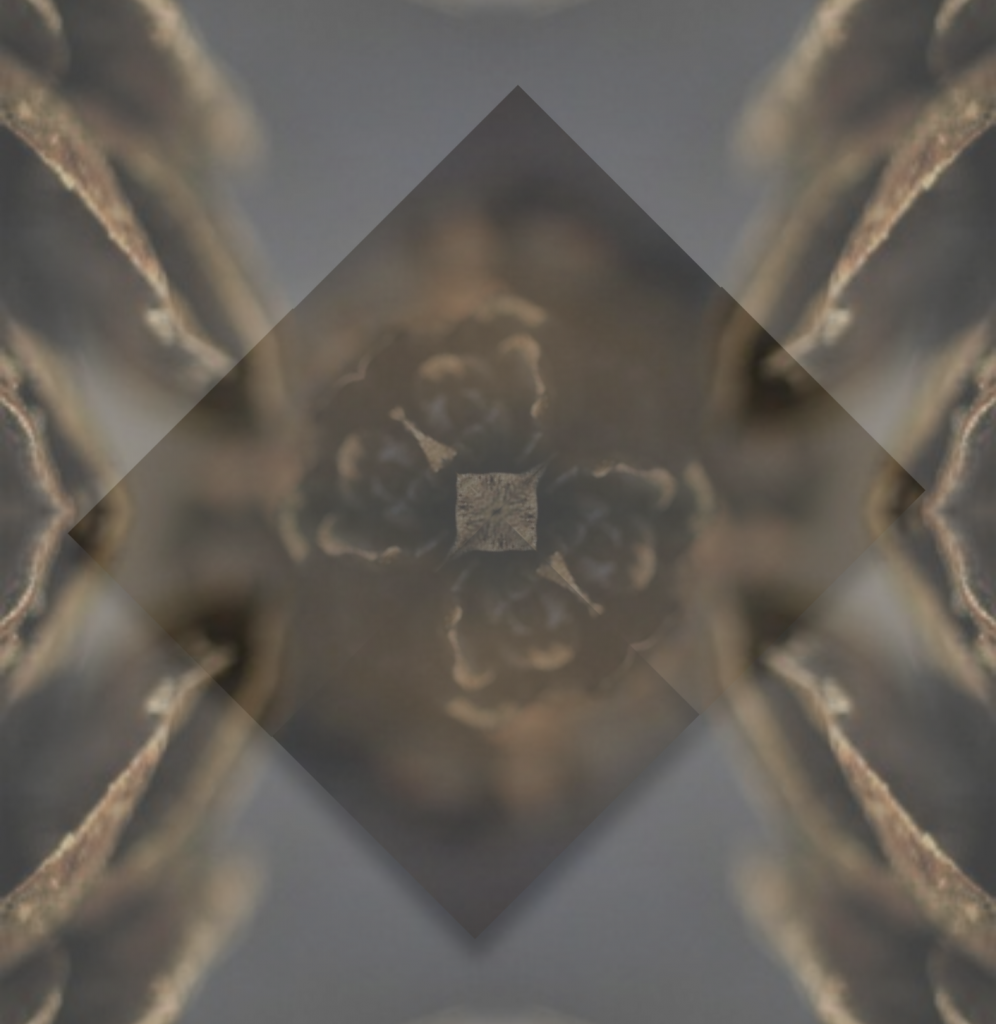
Jung describes this type of situation (and what leads to it) as that of a person who
[…] by exclusively conscious judgment always only selected, from what was plainly going on, that which fit their consciousness, and thus gradually drifted away from the stream of life, into a dead backwater.
[…] durch ausschließlich bewußtes Urteil stets nur das seinem Bewußtsein Passende aus dem schlechthin Geschehenden ausgewählt hat und damit allmählich aus dem Strom des Lebens heraus in ein totes Seitengewässer geraten ist.
GW XIII, §23.
The emphasis here is on “conscious”: the person who finds themselves in that situation has taken every decision based on what they were conscious of (thoughts, feelings, …), and never accepted any guidance from what they were unconscious of; in particular, they have never accepted “the irrational and inexplicable”, even when it actually happened in their life experience (ibd.).
1. Let’s note first that this doesn’t have to be pathological.
In fact, according to Jung, this route is rather common: it is a typical segment of a person’s path through life. Many people consciously choose a particular focus during the first half (roughly) of their life. This may be a career, an art or sport, or it may be raising their children. The variations are endless, but there is a pattern: one consciously moves towards a certain goal, and develops a well-adapted psychology fitting that purpose — along the way, one reinforces useful personality traits, and ignores or suppresses those elements of one’s personality which are not helpful. (Thus, in Jungian terms, one develops a Persona and a Shadow.) Only later, during the notorious “midlife transition”, or “midlife crisis”, the one-sidedness of that path becomes clear, the original goal loses significance, and one starts to look out for what was lost or forgotten during the earlier stages — thus becoming more whole and well-rounded.
However, although the pattern may be common, for some people the one-sidedness may be more pronounced than for others, and for their situation, the metaphor of the “dead backwater” fits very well.
2. Note, too, how well this fits the criteria that I have listed for the type of situation where archetypes become constellated. A previously successful life activity does no longer fit the circumstances (a)), consciousness alone is no longer sufficient to guide a fulfilling life, but rather something (as yet) unconscious becomes more and more required to complement it (c) and d)), which is, however, in conflict with the habitual exclusive reliance on consciousness (b)).
3. The kind of situation we’re concerned with, especially when experienced in the “midlife” stage, is what Murray Stein calls “liminality”:
Liminality is created whenever the ego is unable any longer to identify fully with a former self-image, which it had formed by selective attachments to specific internal imagos and embodied in certain roles accepted and performed. […] now [there is] a sense of an amputated past and a vague future.
Murray Stein, In Midlife, 11.
(The “ego” here is to be taken in Jung’s sense, as the psychological “I” complex — i.e. what Jung usually refers to as “consciousness”. The exclusive conscious focus in the quote from Jung above is what Stein calls “selective attachments”, and the “roles accepted and performed” correspond to the Persona.) In Stein’s detailed discussion, the process of working through and out of this life situation — the typical process of the “midlife transition” — has various forms and stages, which he illustates using Homer’s Odyssee. The archetype of Spirit makes appearances at various stages, frequently personified as the god Hermes, but also as the ghost of the blind seer, Teiresias.
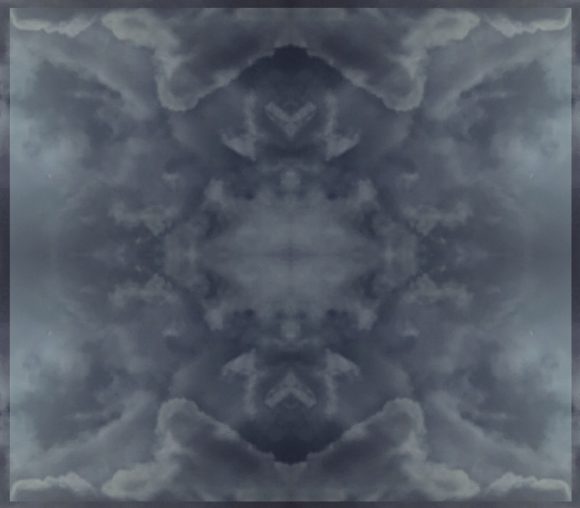
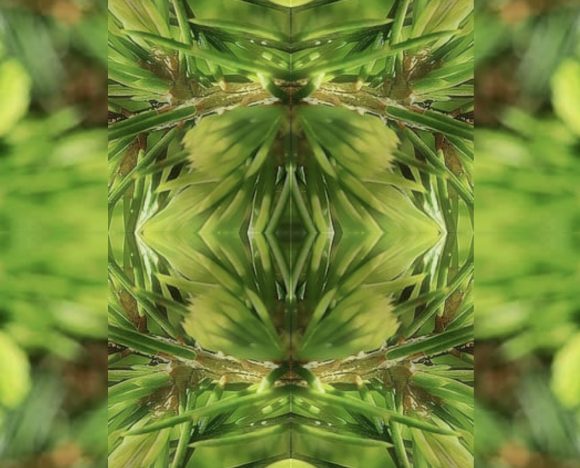
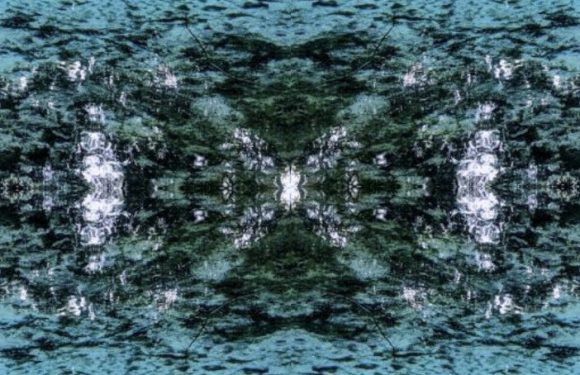
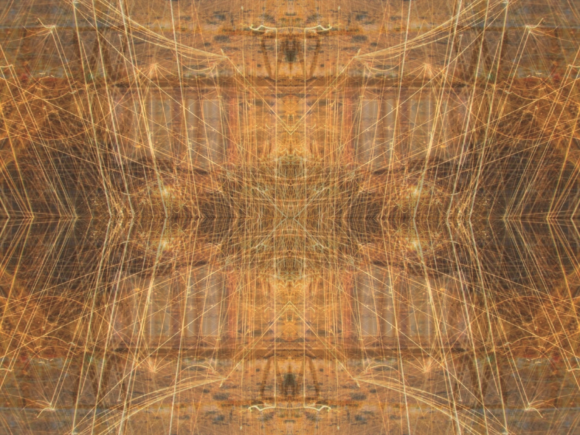
[…] might speculate that, for a given type of life situations, and the archetypes that represent the psychological patterns for that type of situation, a kind of […]
[…] and geometrical symbolism there. (I have already explored patterns of life situations, and a particular instance of those, in previous […]